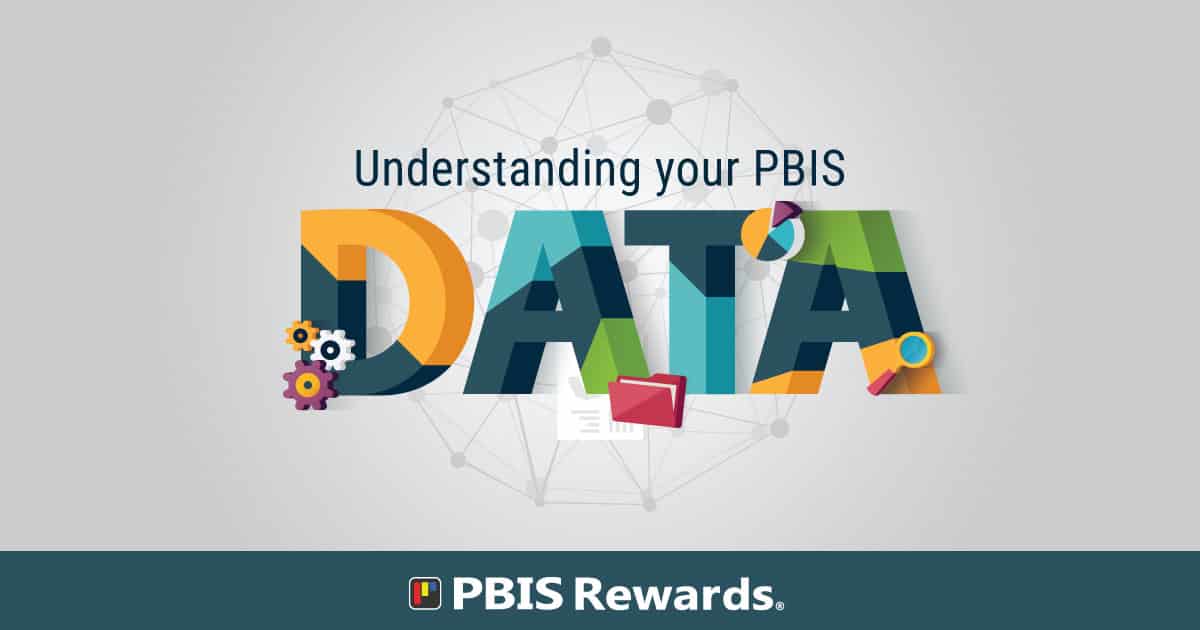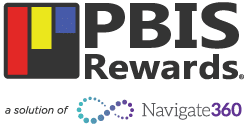No matter where your school is on its PBIS journey, consistent data analysis will help your initiative to grow and adapt. A PBIS initiative generates a lot of data, giving you terrific insight into how your school community is responding. This data can tell you how much buy-in you have from your staff, how receptive your students are to expectations, and what areas need additional focus. Understanding how to interpret this data is critical. Without PBIS data analysis, your initiative may never move forward.
The Importance of PBIS Data
Even though PBIS focuses largely on the recognition of positive behaviors, you must examine both positive and negative data to get an accurate picture of your initiative. Analyze your PBIS data to:
• Identify behavioral patterns and trends
• Increase consistency of ODR procedures
• Determine priorities and implementation activities
• Provide feedback and evaluation of the process
• Provide information to plan interventions for students
• Improve communication
The changes you make to your initiative based on this data analysis can help to increase academic and social-emotional success among your students.
The Who, When, and How of Data Analysis
When it comes to digging deeper into the accumulated data, it’s helpful to have some well-defined best practices. These should include:
• Representation of your entire staff
For PBIS to be effective, it must be schoolwide. That means including everyone in your staff, not just admins and teachers. Support staff such as aides, subs, custodians, bus drivers, and cafeteria staff should also be included in your initiative.
• Systems in place to address equity and build cultural knowledge
It’s likely that your students are a diverse group with a variety of cultural and life experiences. Inclusivity is important, and you need to have policies and procedures in place to help staff address differences in the school community.
• Monthly review and analysis with PBIS leadership
Your PBIS team works hard to keep PBIS relevant for your school. Regular meetings to discuss data and make decisions will help your initiative grow.
• Monthly reporting to all staff
Your staff wants to know how well your initiative is performing. Communicate your data to let them see both the successes and the areas that need additional work.
Understanding Your PBIS Data
As you fine-tune your PBIS initiative, the data you collect can provide useful insights. You must examine both the positive and negative aspects of data to get an accurate picture of how well PBIS is working in your school.
There are two sides to data think about in every initiative – positive behaviors and negative behaviors. For example, you can look at the data to measure engagement in rewarding expectations, which will tell you how much buy-in you have from staff as well as what positive behaviors your students are exhibiting. Conversely, you can also look at data to see what negative behaviors are happening, and where, so that you can work toward mitigating referrals.
If you’re using PBIS Rewards, there are numerous reports that you can use to pinpoint successes as well as areas that still need attention. PBIS Rewards accurately collects and records data schoolwide, in real time. For schools that track data manually, accuracy can be elusive, especially if you rely on inputs from multiple staff. Our software enables you to customize reports to give a clear picture of what’s happening in your school – across grade levels, locations, time periods, and more!
We’d love to show you how easy it is to analyze your PBIS data with PBIS Rewards! Contact us for more information or to set up a demo!


